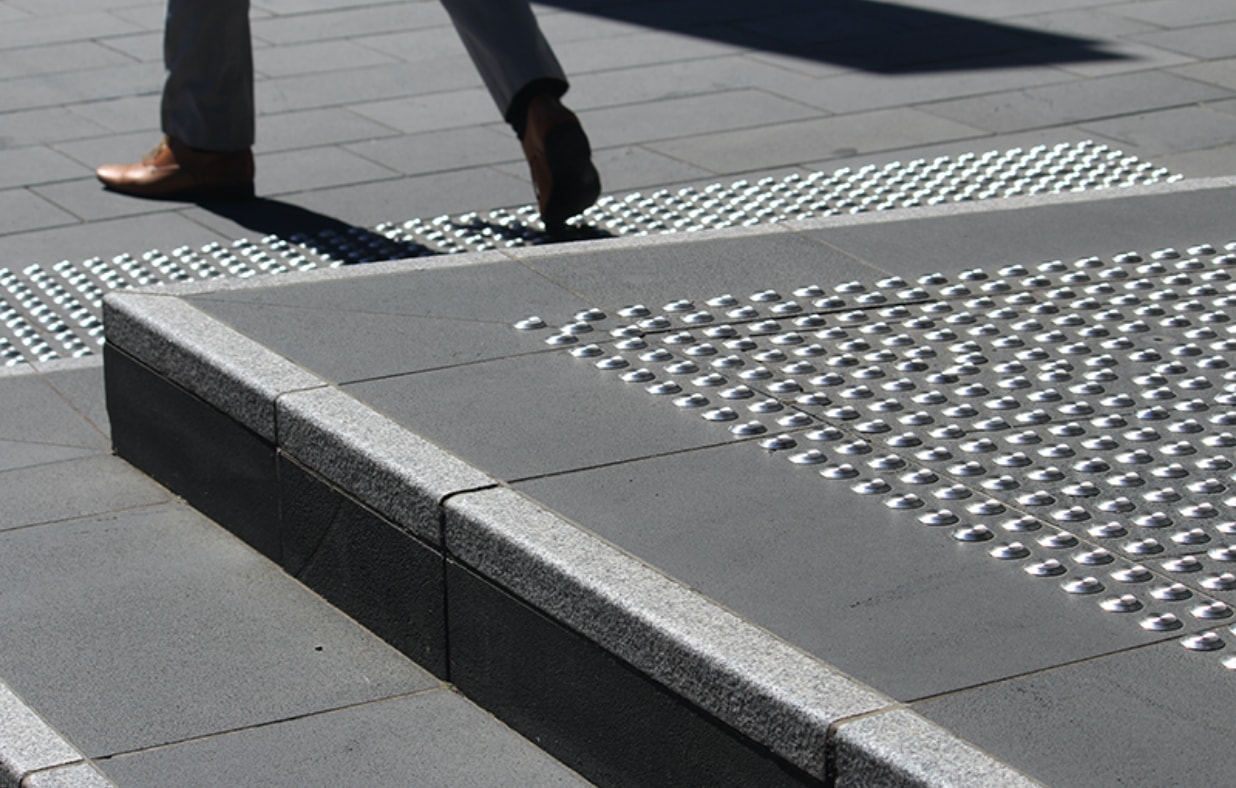
In a major win for the national accessibility community, Australia’s building ministers have instructed the Australian Building Codes Board to include accessibility as a mandatory requirement in 2022’s National Construction Code. On April 30, the majority of building ministers agreed to include minimum accessibility standards, based on the silver standards outlined in the Livable Housing Design Guidelines, for residential housing and apartments in the National Construction Code 2022.
The National Construction Code has needed accessibility amendments for as long as it has existed. For more than 10 years, a targeted campaign towards the inclusion of nationwide accessibility standards for the building industry had been a primary goal for advocates and one of the main ways for achieving housing accessibility equality.
The importance of a mandatory requirement in the National Construction Code
The federal government of 2010 had promised to make all new homes in Australia accessible by 2020. Part of this commitment was to be facilitated through the National Disability Strategy, a commitment made by all of Australia’s governments. This sets out a ten year national plan for improving life for Australians with disabilities, their families and carers.
One of the results of this strategy was the establishment of Liveable Housing Australia (LHA) which provided a voluntary uptake of suitable levels of accessibility, consistent with occupants’ needs. However, because LHA certification is voluntary and not mandatory, only five per cent of new housing stock were considered accessible by 2020. A mandatory requirement in the National Construction Code would take away the choice of including accessibility features and instead, guarantee a solid and safe selection of homes for the accessibility community.
What are the minimum accessibility standards for the National Code of Construction?
As mentioned above, the minimum accessibility standards will be taken from the LHA’s silver certification guidelines.
The silver level focuses on the key structural and spatial elements which are integral to ensuring flexibility and adaptability in the home’s future. The seven core design elements of the silver level are:
- A safe and continuous step-free path of travel from the street entrance/parking area to the entrance.
- At least one step-free entrance to the dwelling.
- Internal doors and corridors that facilitate comfortable and unimpeded movement.
- A toilet on the ground level that is easily accessible.
- A bathroom that contains hobless shower access.
- Reinforced walls around the toilet, shower and bath to support the installation of grab rails in the future.
- Stairways that are designed to reduce the risk of injury and that can be adapted in the future.
What are the next steps?
Though the biggest hurdle of mandatory minimum requirements is over, states and territories must now choose whether or not to adopt them. However, the majority of state building ministers did vote to go ahead with the mandatory requirement, giving hope to it being universally adopted across Australia.
At Access Link Consulting, we look forward to the long overdue changes to the National Construction Code and the adoption of these mandatory minimum requirements by the NSW Government. It will not just extend the adaptability and usefulness of homes for years to come, but it will also positively change the landscape of the property market for the accessibility community









